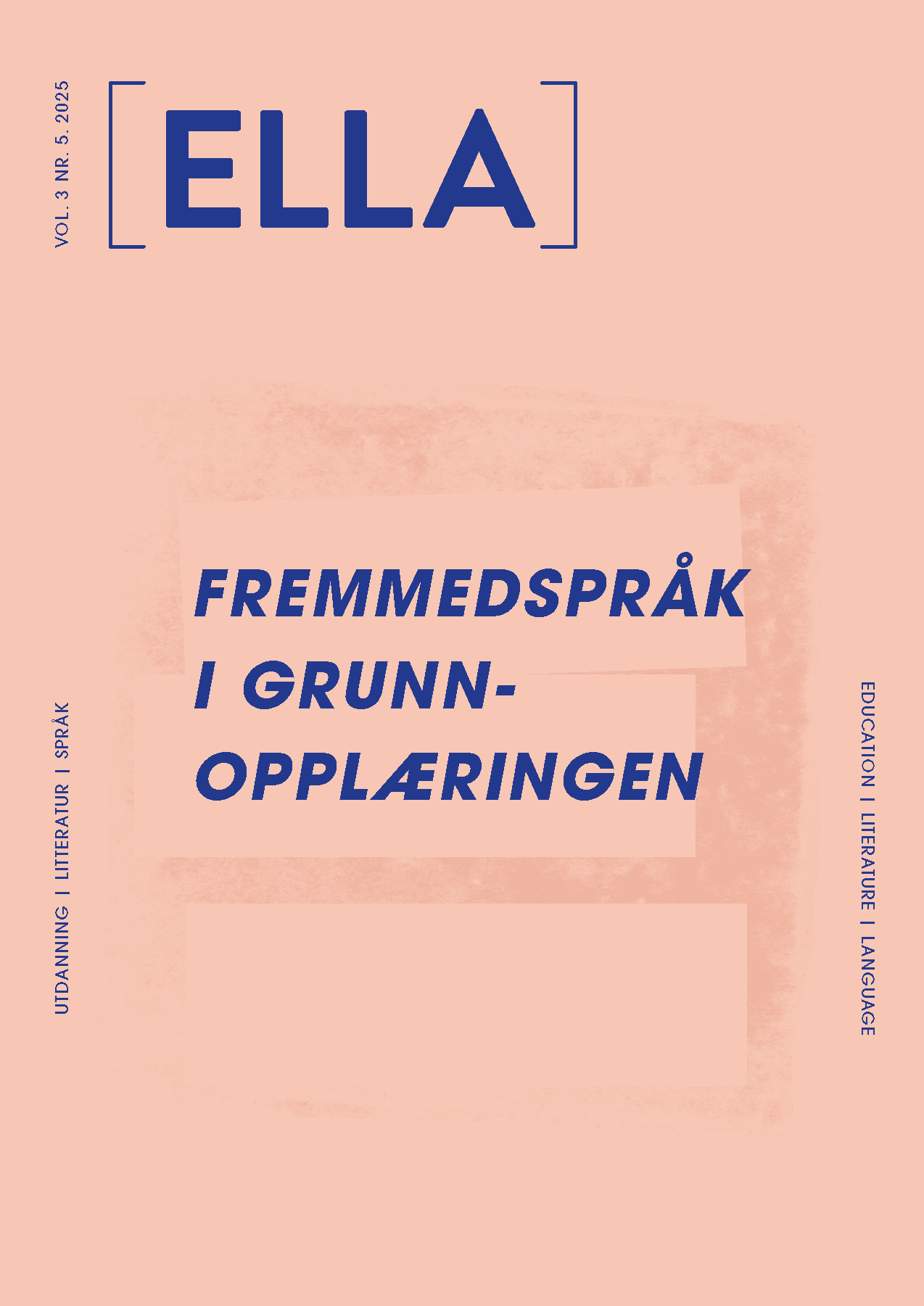How to break the silence
Using games to facilitate student’s participation and oral production in L3 languages
DOI:
https://doi.org/10.58215/ella.55Keywords:
L3 engagement, learning environment, oral participation, gamification, foreign language classroom anxiety, foreign language enjoymentAbstract
The aim of this article is to present and discuss how L3 language teachers can facilitate students' participation and language training in the classroom using a playful approach to language activities, or more specifically, using games.
Previous studies have emphasized the relevance of the affective elements for students' language production in L3 languages, and recent studies on students' motivation for L3 languages at the secondary school level in Norway have shown the importance of teacher-related factors in explaining students’ satisfaction with their chosen language. Even though the teacher's role in facilitating students' participation in the classroom has proven to be essential, creating the right conditions for both participation and oral production is still considered a challenge.
Data on the use of games in teaching have been collected from two different sources: Observations and interviews of a group of newly qualified Spanish teachers, video data from, and interviews with two teacher participants of the DIVA project, an innovation project at ProTed. These data are further confirmed by the observations and feedback from participants in an in-service course for L3 language teachers. The findings indicate that the teachers have positive experiences with using games to promote participation in the classroom.
This article can therefore contribute to the teachers' practices and teaching moves by presenting relevant theory about motivation, engagement and the affective elements involved in language learning and teaching, as well as practical experiences from the use of games in L3 instruction, and about how they can counteract possible negative affective factors that can influence the L3 learning environment and the students' participation. The article also shows how two specific games can be filled with linguistic content and used to engage the students in different types of activities.
Downloads
Published
Issue
Section
License
Copyright (c) 2025 Debora Carrai

This work is licensed under a Creative Commons Attribution 4.0 International License.

